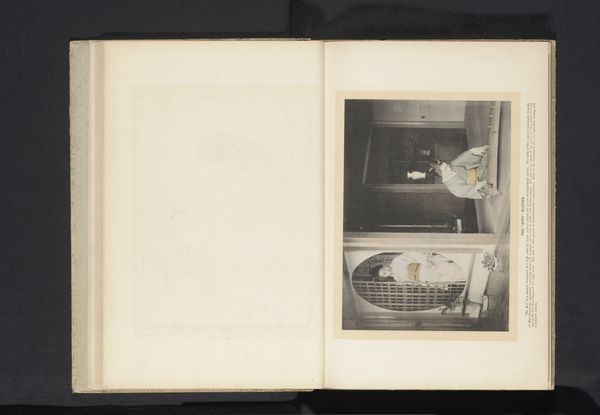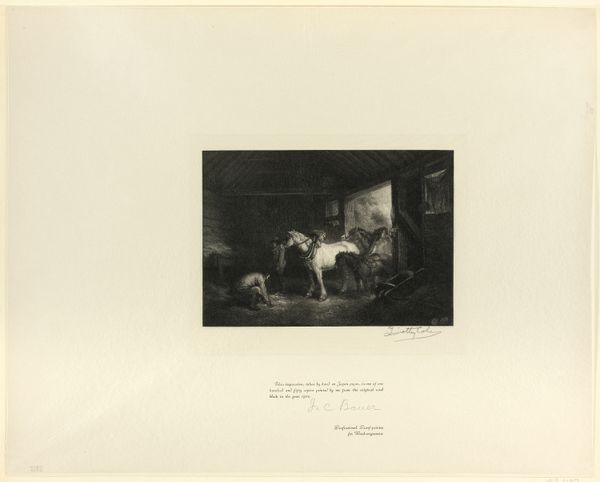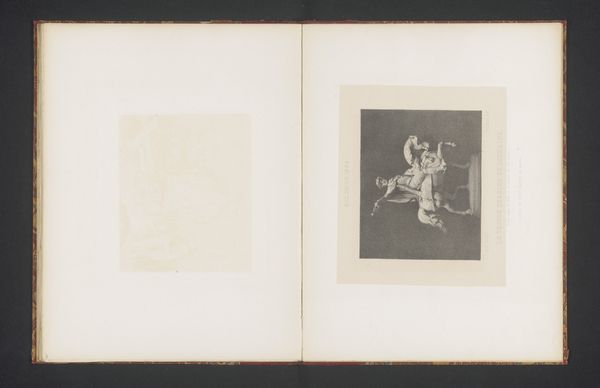
Nieuwjaarskaart met een portret van een vrouw bij een klok en een tafel met champagne c. 1910 - 1940
0:00
0:00
Dimensions: height 135 mm, width 85 mm
Copyright: Rijks Museum: Open Domain
Curator: I am drawn to the way these assembled cartes de visite, likely dating from somewhere between 1910 and 1940, create a set of New Year’s greetings filled with an aura of vintage celebration. Editor: There is a dreamy wistfulness, right? Even though these cards try to invoke celebratory joy, something about the photographic poses, perhaps, make these cards come off rather melancholy. It almost makes me consider issues of social performativity around calendar rituals like New Years. Curator: Perhaps the photographic portraits, then mounted as part of New Year's cards, speaks to a yearning to capture a moment that is perpetually fleeting, or a longing to preserve connection as time marches on. I notice how the visual cues—clocks, flowers—become emblems of both temporal awareness and hopeful anticipation for the coming year. The clock hands resting around midnight signal endings and beginnings simultaneously. Editor: I also see it, and it's particularly intriguing. How is this 'fresh start' implicated within societal constraints for these women depicted? The aesthetic choices and poses within the cartes seem self-conscious, like these figures, even in moments of celebration, are never truly released from a sort of genteel self-monitoring. It's as if the performative aspects of New Year’s—resolutions, societal expectations of renewal—are literally and symbolically framing the portraits of these women. What I am getting at is that gender always complicates narratives, particularly when social conventions get heightened around temporal symbolic gates. Curator: Absolutely. Consider, too, the symbolic significance of the flowers presented. Are they symbols of hope for growth in the coming year, and possibly stand as emblems of femininity during this time? This element infuses each of these greetings with layered intentions. They signal hope and reflect personal symbolism intertwined within cultural traditions. Editor: Viewing these collective cards provides space to analyze their visual vocabularies—but beyond just symbols, it begs a lot more investigation into lived historical experiences, which could illuminate complex relationships between visibility, expectation, and social identity. These images of gendered socialization subtly confront the viewer. Curator: Indeed. Each detail reveals a microcosm of desires and constraints—inviting one to delve deeper into each visual offering, revealing an historical imprint. Editor: Exactly. What seemed at first glance quaint reveals a depth to unpack.
Comments
No comments
Be the first to comment and join the conversation on the ultimate creative platform.













